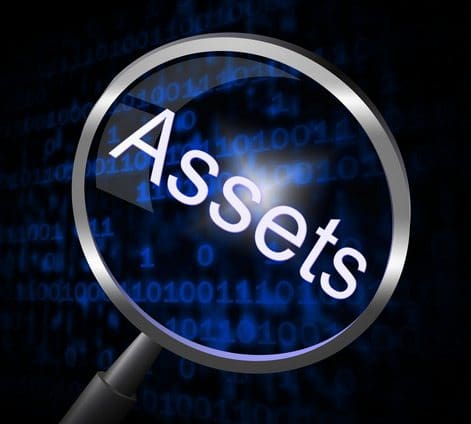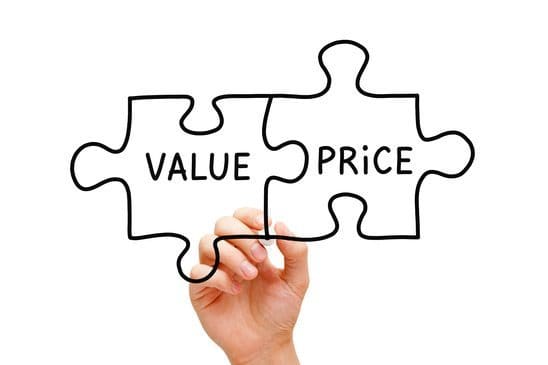
Owning a business holds many responsibilities, and one of them includes knowing the worth of your company. The question of “How to value a business?” is an important one to answer. A common path to follow would be to hire a professional to perform a business valuation to accurately accumulate your company’s worth. By definition, business valuation is the process used by experts to reach an opinion on the worth of a privately-held company. Valuation is used by financial market participants to determine the price they are willing to pay or receive to effect a sale of a business. Collective methods to value a business include:
 Assessing the value of assets.
Assessing the value of assets.- Discounted cash flow models.
- Similar company comparisons.
You may be wondering, “What prompts someone to want to know how to value a business?” Below are some reasons why someone would pursue getting a business valuation:
- Adding a new partner to the company; want to determine the buy-in price.
- Find an opportunity to sell or merge the business.
- Considering retirement.
- Wanting to expand or build new facilities.
- Separation from partners or shareholders.
- Divorce or other family issues.
- Offered a potential sale.
- Dissolution of the business.
Experienced business valuation professionals rely on three main approaches:
- Asset Approach
- Market Approach
- Income Approach
The Asset Approach
 This method is used to determine the value of all tangible and intangible assets and liabilities. The asset approach is based on the economic principle of substitution which addresses the question: What will it cost to create another business like this one that will produce the same economic benefits for its owners?
This method is used to determine the value of all tangible and intangible assets and liabilities. The asset approach is based on the economic principle of substitution which addresses the question: What will it cost to create another business like this one that will produce the same economic benefits for its owners?
The challenge is in the details, involving steps such as:
- Determining which assets and liabilities to include in the valuation.
- Choosing a standard of value.
- And then determining each assets’ and liabilities’ value.
This method is generally used when the business has a lot of assets, such as an investment company. It may or may not be used for an operating entity such as a manufacturing company. The most simplified way of explaining the asset approach:
Fair Market Value of Tangible and Intangible Assets – Fair Market Value of Liabilities = Fair Market Value of Equity under the Asset Approach
The Market Approach
 The Market Approach is used to determine the value of equity based on the selling price of similar businesses. The economic principle of competition considers questions such as, “What are other businesses worth that are similar to mine?”
The Market Approach is used to determine the value of equity based on the selling price of similar businesses. The economic principle of competition considers questions such as, “What are other businesses worth that are similar to mine?”
This approach can be used to calculate the value of equity or assets as part of the valuation process for a closely held business. Additionally, this method can be used to determine:
- The value of a property.
- Security
- Note receivable.
- Or intangible assets.
This method utilizes studies of sales of similar assets, or businesses, making adjustments for differences in size, quantity, or quality, where applicable. If you are planning to sell your business, you may check the market to see what similar businesses have sold for during recent years. It is instinctive to think that the market will settle to the idea of business price equilibrium – something that the buyers will be willing to pay and the sellers willing to accept. That’s what is known as fair market value. Pursuant to IRS Revenue Ruling 59-60, fair market value is defined as:
The price at which property would change hands between a willing buyer and a willing seller when the former is not under any compulsion to buy and the latter is not under any compulsion to sell, both parties having reasonable knowledge of relevant facts.
The Income Approach
 The Income Approach focuses on the main reason for operating a business, which is ultimately to generate cash flow and make a profit. The economic principle of expectation concludes: If I invest time, money and effort into business ownership, what profitable benefits or cash flow will I receive?
The Income Approach focuses on the main reason for operating a business, which is ultimately to generate cash flow and make a profit. The economic principle of expectation concludes: If I invest time, money and effort into business ownership, what profitable benefits or cash flow will I receive?
When using this method, since the profit may not be in the bank, there is some measure of risk, such as – of not receiving all or part of it when you expect it. Therefore, in addition to determining what kind of profit the business is expected to produce, the income valuation approach also factors in the risk.
Since the valuation must be established in terms of current value, the expected income and risk must be translated to today’s dollars. The income approach uses two methods to do this translation:
- Capitalization of Earnings Method
- This method divides the business expected earnings by a capitalization rate, resulting in current business value.
- Discounted Cash Flow Method
- This method projects the business income stream over a period of time (typically measured in years).
- Next, determine the discount rate that reflects the risk of generating income on time.
- Finally, assess what the business will be worth at the end of the projection period, also known as the terminal business value.
- Result provides the present value of the business.
Business valuations can benefit both buyers and sellers in the market. When someone is interested in purchasing a business, it is important to make sure you are not over paying for the business. People will sometimes value their business higher than the actual worth due to personal attachment or potentially investing more money in it than it is actually worth. When it comes to selling a business, it is crucial to understand the value of your business; that’s why it’s best to always consult a professional business valuation firm.
Additional Related Blog Articles:
- $10 Billion Airbnb Valuation After Receiving $500 Million in Funding
- “What’s My Business Worth?” How to Find Out
___________________________________________
All of the above methods are considered when you’re considering how to value a business, although not all may be applicable. If you are curious about the value of your business, contact Veriti Consulting LLC at info@veriticonsulting.com or call 855.232.4410 to speak with one of our business valuation professionals.